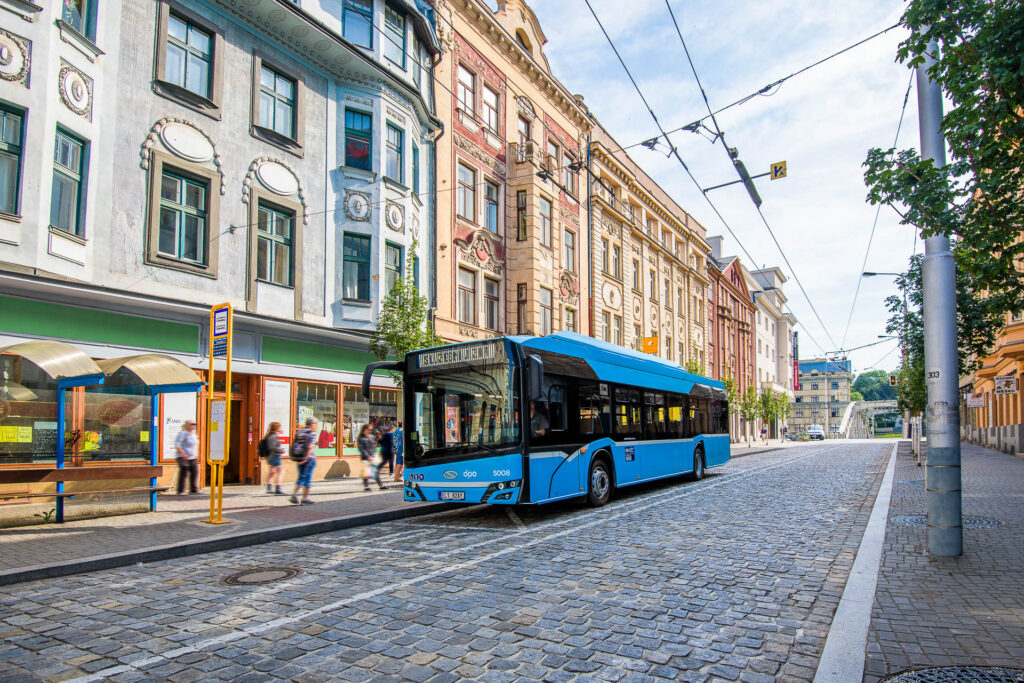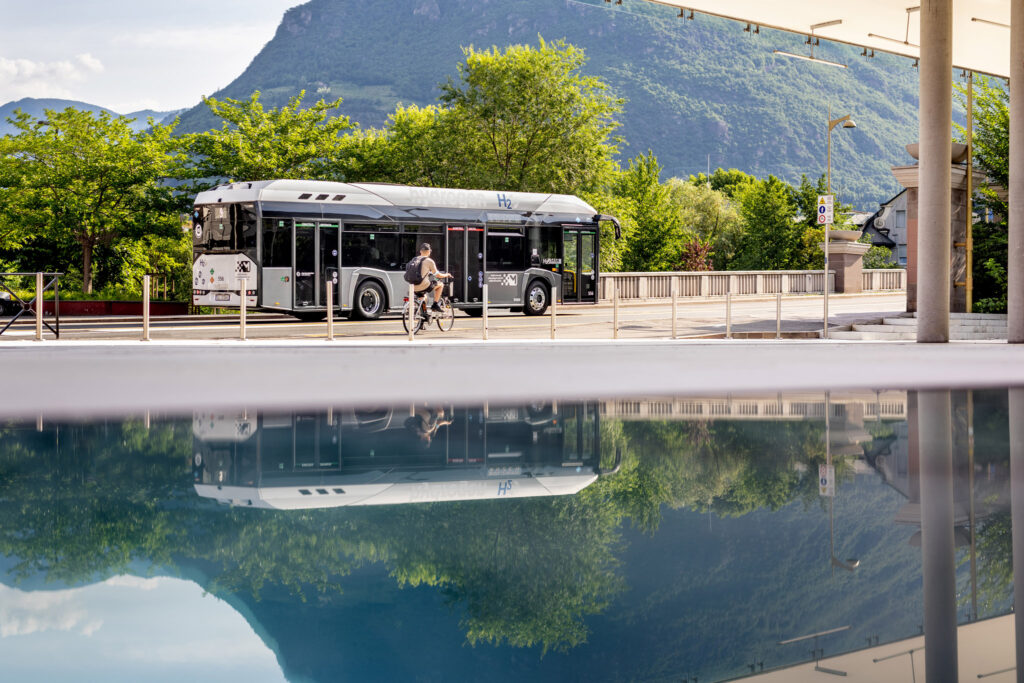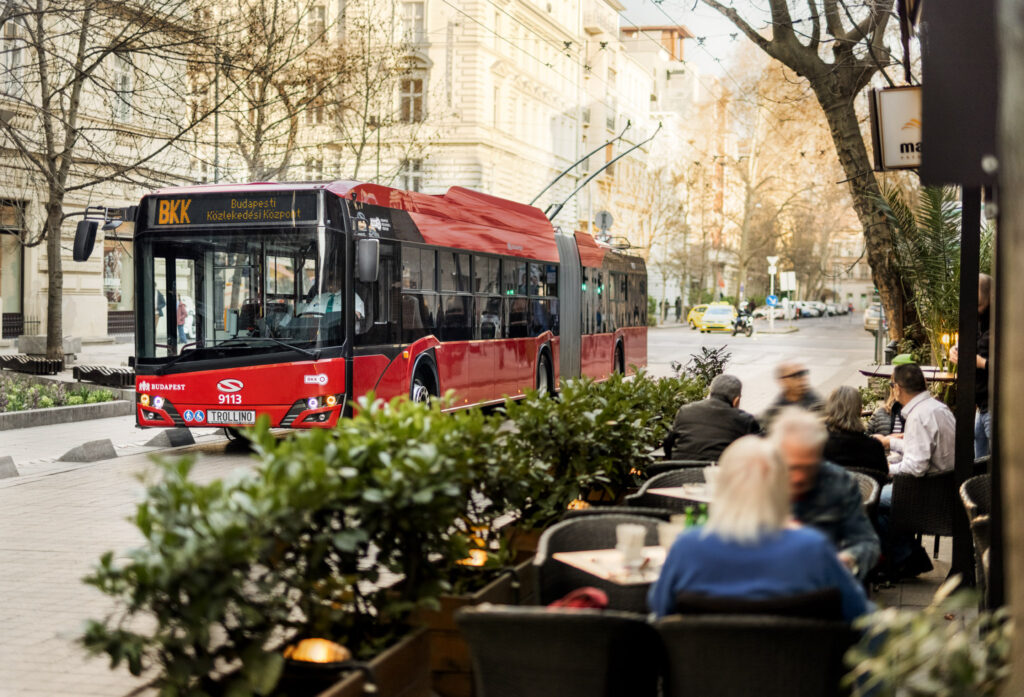UITP: 140 years of mobility and one question that remains as relevant as ever
Before the Summit in Hamburg begins, it is worth taking a closer look at what UITP is.

What is the meaning of zero-emission buses?
According to the European Parliament’s latest regulation, from 2035 every newly
registered city bus must be zero-emission. It is therefore advisable to know exactly
how this type of vehicle is defined. What requirements will they have to meet?
Can hybrid and CNG buses be included? What zero-emission buses are?
Zero-emission buses are vehicles powered by an electric motor that does not emit greenhouse gases. The electric motor can be powered by energy from different sources, so we can distinguish three types of zero-emission vehicles used in public transport:



In order to answer any doubts that may exist about hybrid vehicles, we offer the first definition of zero-emission buses, as they also use energy stored in batteries on certain sections of their routes. However, their use does involve emissions from the internal combustion engine, just as the use of natural gas buses emits toxic particles into the atmosphere. Although they contribute to the reduction of greenhouse gas emissions and may represent a step away from internal combustion vehicles, these vehicles cannot therefore be classified as zero-emission vehicles.
The global need to reduce greenhouse gas emissions has led to a growing awareness of the need for clean, zero-emission options to power public transport vehicles. What is their actual presence in transport operators’ fleets? In 2022, the share of newly registered battery buses in Europe was 30%. One year later, in 2023, e-buses already accounted for 41% of all new registrations. So the rate of change is very clear.
The EU regulations cited at the beginning of this article indicate that all new city buses will have to be zero-emission by 2035. These targets can only be met by using the most advanced battery and hydrogen systems.
Before the Summit in Hamburg begins, it is worth taking a closer look at what UITP is.
Learn more about the changes introduced by GSR2 and how they contribute to protecting all road users.
BRT in Aalborg: the city's solution for enhancing urban transport – what makes it so effective?